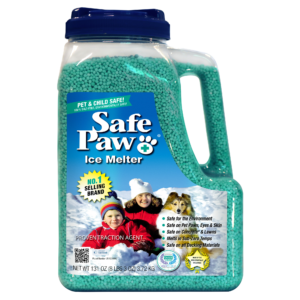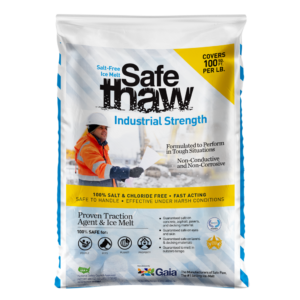The Challenges Of Walking Your Dog In Winter Season

Pets can be severely harmed by the cold and harsh winter season. During the winter, dogs are at risk of frostbite, hypothermia, and chemical poisoning. But irrespective of the weather you have to take your dog for a walk every day. The questions that come to your mind are how thick should ice be to walk on? Or how to walk on ice roads? In this article, you’ll get answers to your biggest concerns when it comes to walking your dog in winter.
Dogs love playing on ice but, ice isn’t exactly a dog’s best friend. It can stick to their paws, making them exceedingly uncomfortable and perhaps detrimental to their health. In addition, ice shards can splinter and slash their feet. Of course, most dogs still require regular walks. But there are precautions you can take for the safety and health of your four-legged friend while walking on ice.
How Thick Should Ice Be To Walk On?
While taking your pets for a walk on a frozen lake you should mind the thickness of the ice layer and whether it is safe or not. Blue ice must be at least 15 cm thick to be safe to walk on. If the place is in a remote area avoid venturing out as you might not get any help if required.
Keep The Hair On Your Dog’s Toes Trimmed
Walking dogs in the cold necessitate a little extra work on our part to keep them warm. You probably already clip your dog’s nails regularly, but it’s also a good idea to keep their toe hair trimmed. Rock salt, hazardous chemicals, and other impurities can become lodged in this hair, causing your dog much pain and eating away at his paws.
Look At The Weather
It’s advised to plan and check the weather outside before starting the walk. If the weather turns colder than usual, be prepared and think about how you’ll protect the dog from extreme cold, snow, ice, and rain.
Using A Pet-Safe Traction Agent
It is your answer to how to walk on ice roads? You can use natural instant traction agents like Walk On Ice to give you immediate traction. Walk On Ice contains 2 types of granules – Absorbers and Grippers. Absorbers absorb the water on the surface of the ice, and grippers provide increased friction on the surface.
Do Not Allow Your Dog To Eat Anything
Although you should never let your dog consume anything from the ground, dangerous substances such as antifreeze, chemical ice melting products, and road salt are regularly encountered on pavements and roads when walking dogs in the winter. All of these things can be pretty harmful to your dog. Hence, it is advisable to use a chloride-free and natural ice melt.
Use Spikes For Walking On Ice
Shoe spikes can help you to gain more traction and prevent slipping on the ice surface.
Get ready for winter with Walk On Ice instant traction on snow and ice
Other Ice Melt Products
Safe Paw
The Original and the #1 Pet and Child Safe Ice Melt for over 20 years. Guaranteed environmentally safe – will not harm waterways and sensitive wetlands. Safe Paw can change how winter affects our planet.

Safe Thaw
Imagine an ice melt you can put down and never worry about. It won’t harm pets, kids and your property. That’s Safe Thaw. Unlike anything else on the market, Safe Thaw can change how winter affects our planet.



